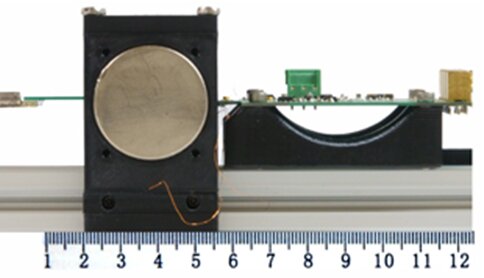Transport of current through semiconductor devices is related to the spin properties of the charge carriers; which can be trapped in defects within the device. Electrically Detected Magnetic Resonance Spectroscopy (EDMR) can help to unravel the origin of these defects and as such provide useful information to enhance transport in such devices.
In TSM2, we usually combine EDMR with the charge pumping technique to unravel the effect of magnetic resonance on the spin-dependent recombination current generated in the devices through the charge pumping. The detected CP current gives direct access to microscopic information about the performance-limiting traps within the transistor inversion region under the gate dielectric. It provides a wide range of electrical parameters that can be varied (frequency, gate pulse amplitude and shape, etc) allowing for accessing different traps in the device that can then be selectively identified through magnetic resonance.
Integration of microwave sources and detection circuits has led to the design of very compact EPR instruments, the so-called EPR-on-a-chip (EPRoC), which also offers opportunities for EDMR-on-a-chip (EDMRoC). In addition to space- and cost-efficiency, EDMRoC offers alternative detection modes with scanning and modulation of the microwave frequency, as well as potentially easier sample mounting and exchange, while maintaining very similar signal-to-noise ratios for the EDMR spectra.
